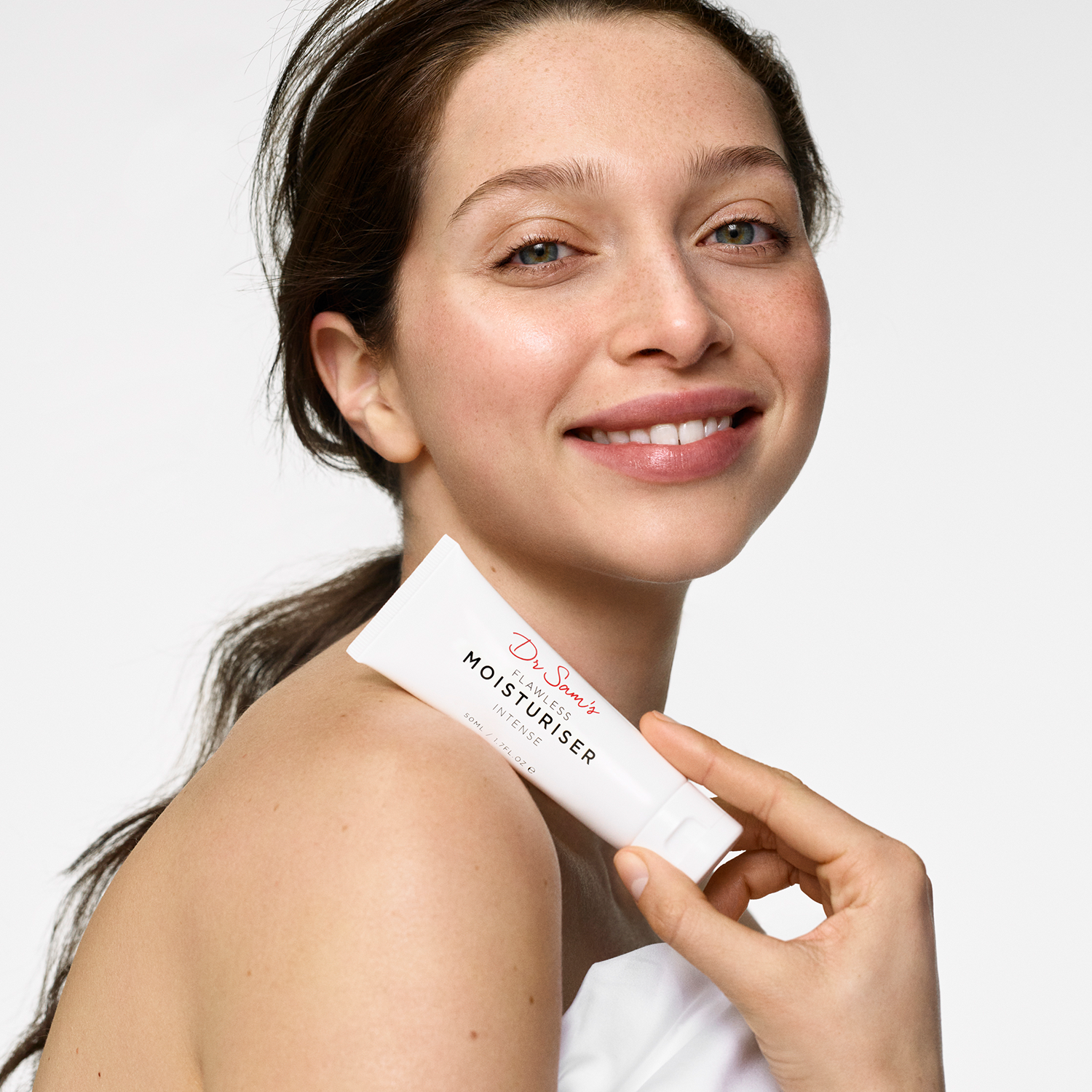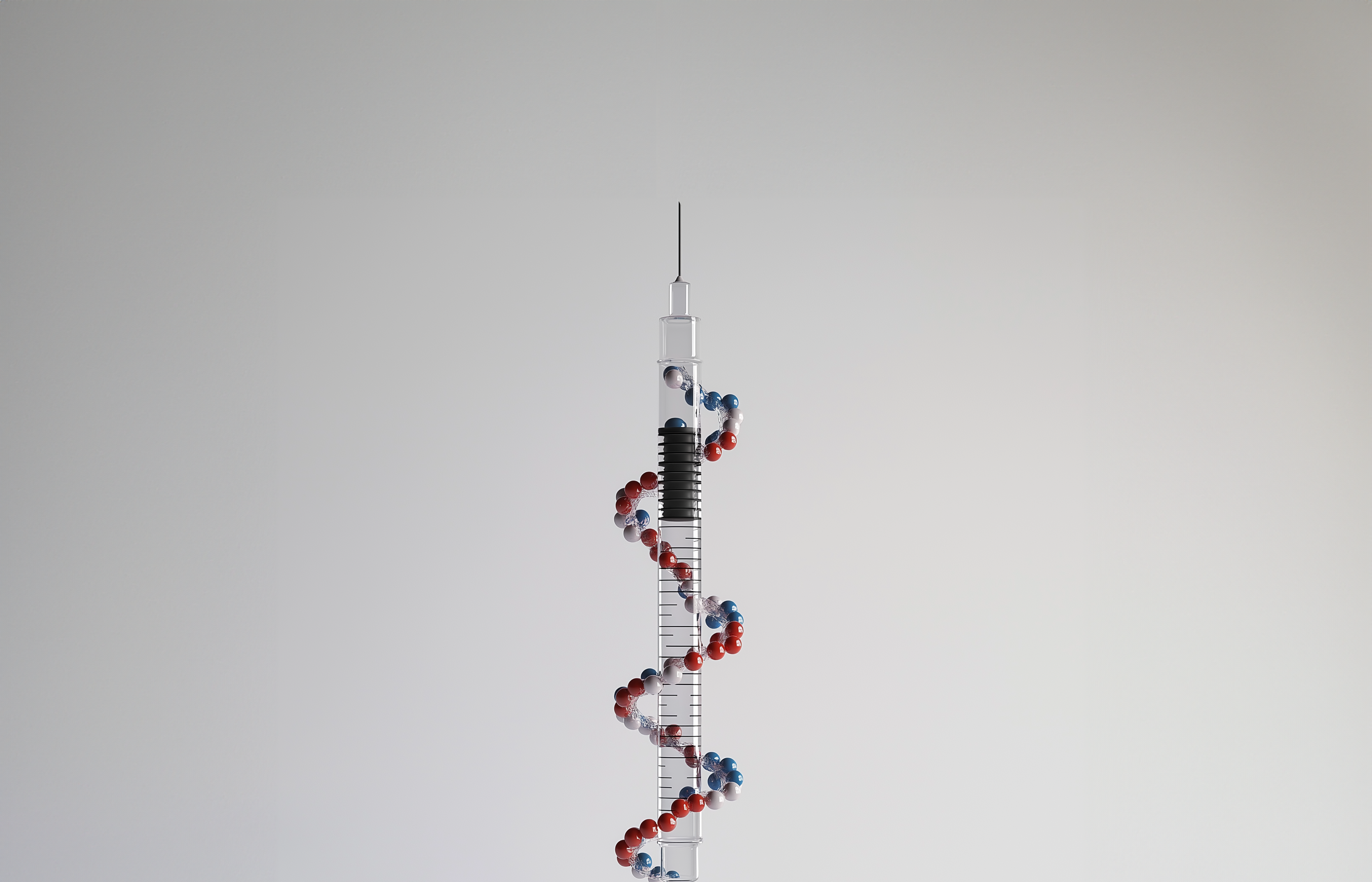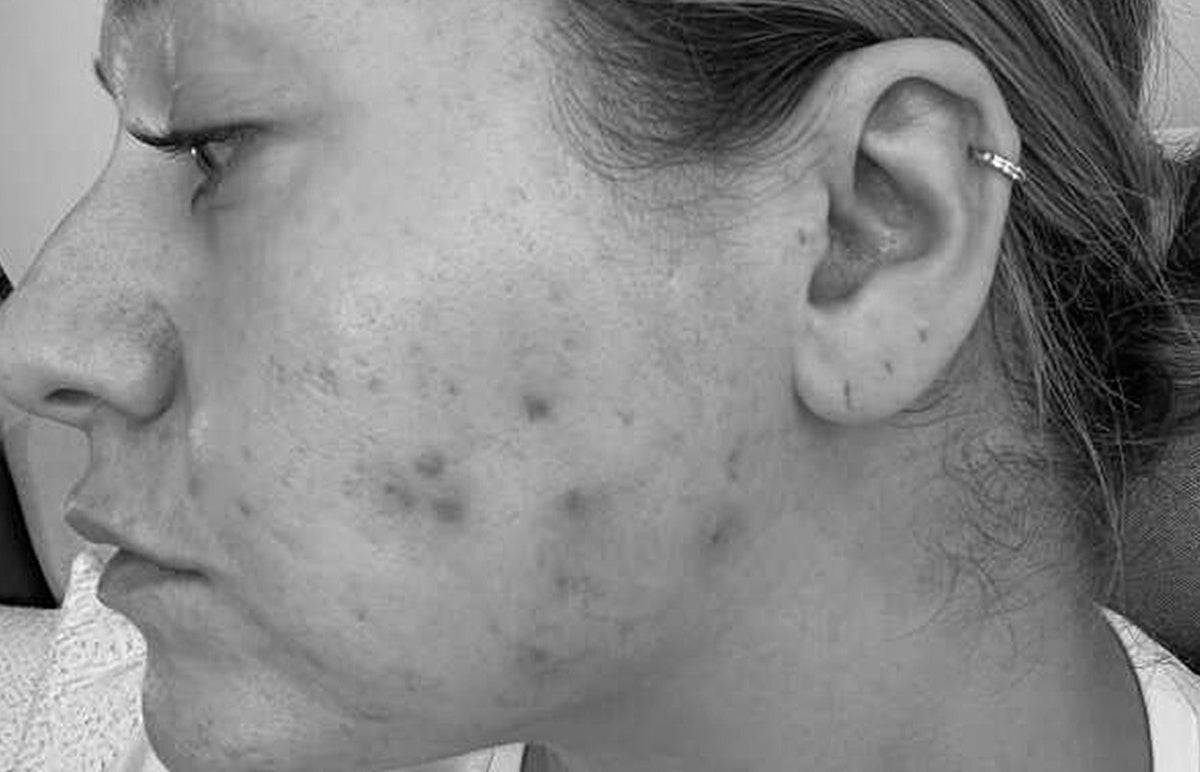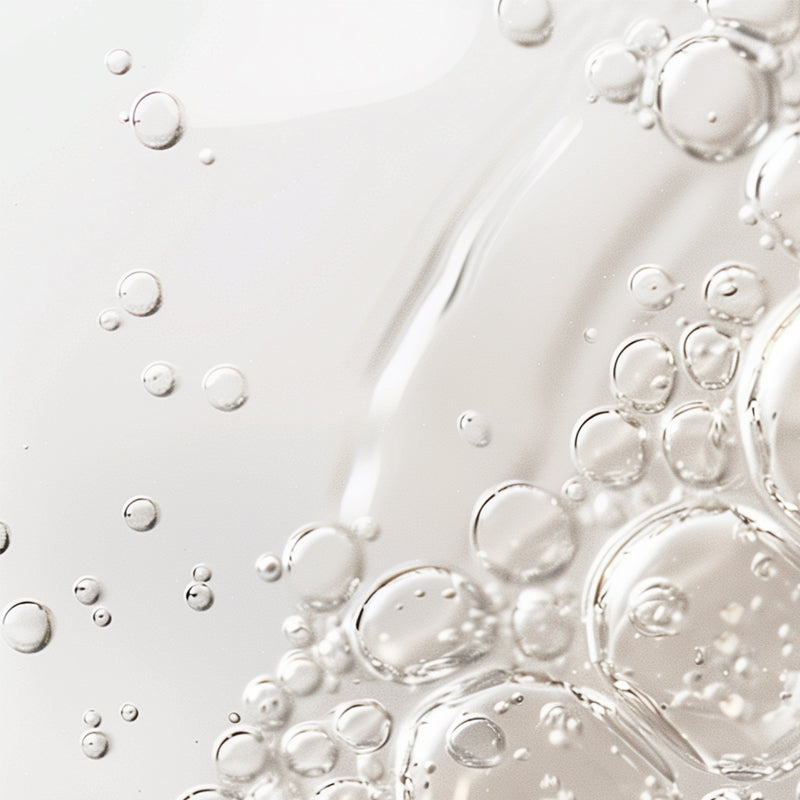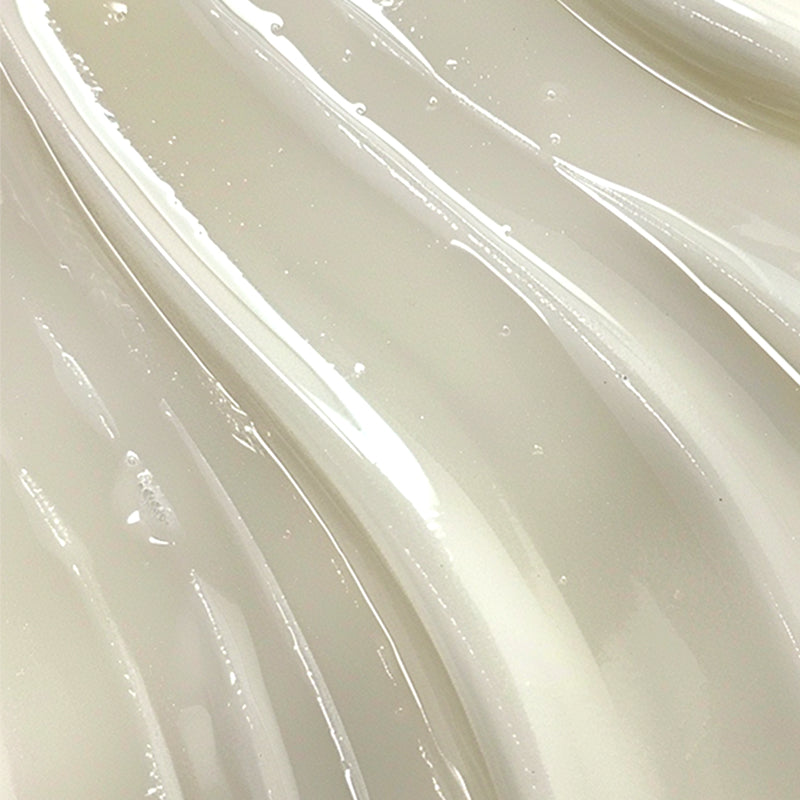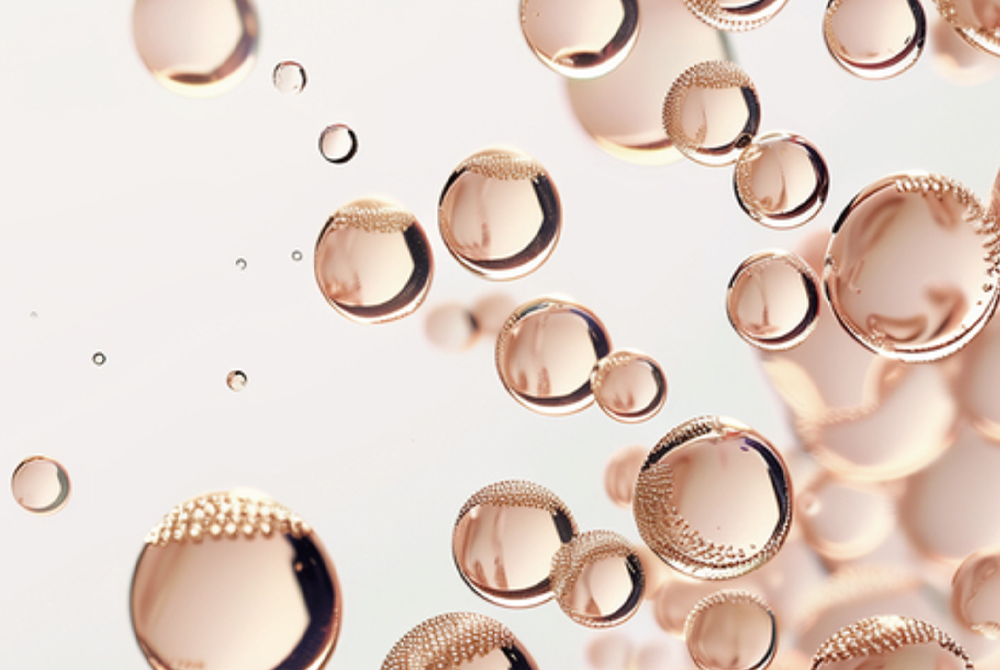I’ve been getting loads of questions from you all asking how best to build an effective routine when faced with the challenge of sensitive skin. So many people in the clinic complain of having a cupboard full of creams they’ve used once and had to discard. Or else they’re so scared of changing their routine, they have been using the same routine for a decade, despite their skin’s changing appearance and needs. So I thought I’d create a guide based on how I manage this practically. What’s important to remember is that skincare is not an exact science because individuals are just that – individual. What works for your friend or that blogger/model/actress that you follow on Instagram has almost no bearing on what will work for you.
So let’s get started.
Step 1
Start with the simplest things – a cleanser and moisturiser. I’d also count your base (whether tinted moisturiser, foundation or BB Cream) in this section. All should be fragrance-free. Many of you have asked whether Flawless Cleanser and Flawless Moisturiser are suitable – they’ve been formulated to be low on irritants so will suit many; but if you have history of reacting to lots of different products, consider trying what I’d say are the safest products around for this skin type - LRP Toleriane Dermo-cleanser and Avene Tolerance Extreme Emulsion/Cream or Recovery Cream.
In terms of make-up, I like brands like Nars and EX1 which are non-clogging and fragrance-free.
Start this routine and give it at least a week. If all is well, proceed to the next step.
Step 2
Add your SPF. An all-physical SPF is best if skin super-reactive, so look at those formulated with titanium dioxide and zinc oxide. A tint is helpful particularly in those with redness – I like those produced by Jan Marini, Neostrata and Paula’s Choice. And Elta MD is great – either tinted UV Elements (tinted) or UV Pure (untinted). Wait another week. If all ok, proceed to the next step.
3 Now, onto the exciting stuff. Actives. There is one key message here: One. At. A. Time. This is vital. It’s also wise to use as simple a formula as possible and work with products that declare the percentage of Active present – so you know where you are with it. Start using smaller amounts less frequently (applied over moisturiser, if you’re worried) and build up the amount and frequency gradually, until you’re at your skin’s limit or you’re using it daily.
Some Actives are easier to get started on than others. Niacinamide can really help improve barrier function and therefore tolerability for Actives (like retinoids); and azelaic acid can be very useful for acne-prone skin, redness, rosacea and pigmentation.
Step 4
Once you’ve been doing Step 3 with your first Active and all is going well, consider adding in your second Active – and just repeat Step 3 again. If you feel you’re at your skin’s limit, there’s no need to keep pushing – give your skin time to adapt and accommodate. Your skin will tell you when it’s tolerant and ready for more.
Step 5
Consider a ROAT test in advance of step 1.
This is something I suggest to patients who’ve got concerns they might actually be allergic to something (rather than experiencing simply irritation). This means applying it first somewhere else away from the face for several consecutive days as a screening test. If this comes up positive, it’s best speaking to your doctor or dermatologist about being referred for investigation for contact allergy with patch testing.
So – it can be a tricky business. But with a structured plan, a patient, methodical approach and carefully chose products you too can build a routine that will get you closer to your best skin day!

